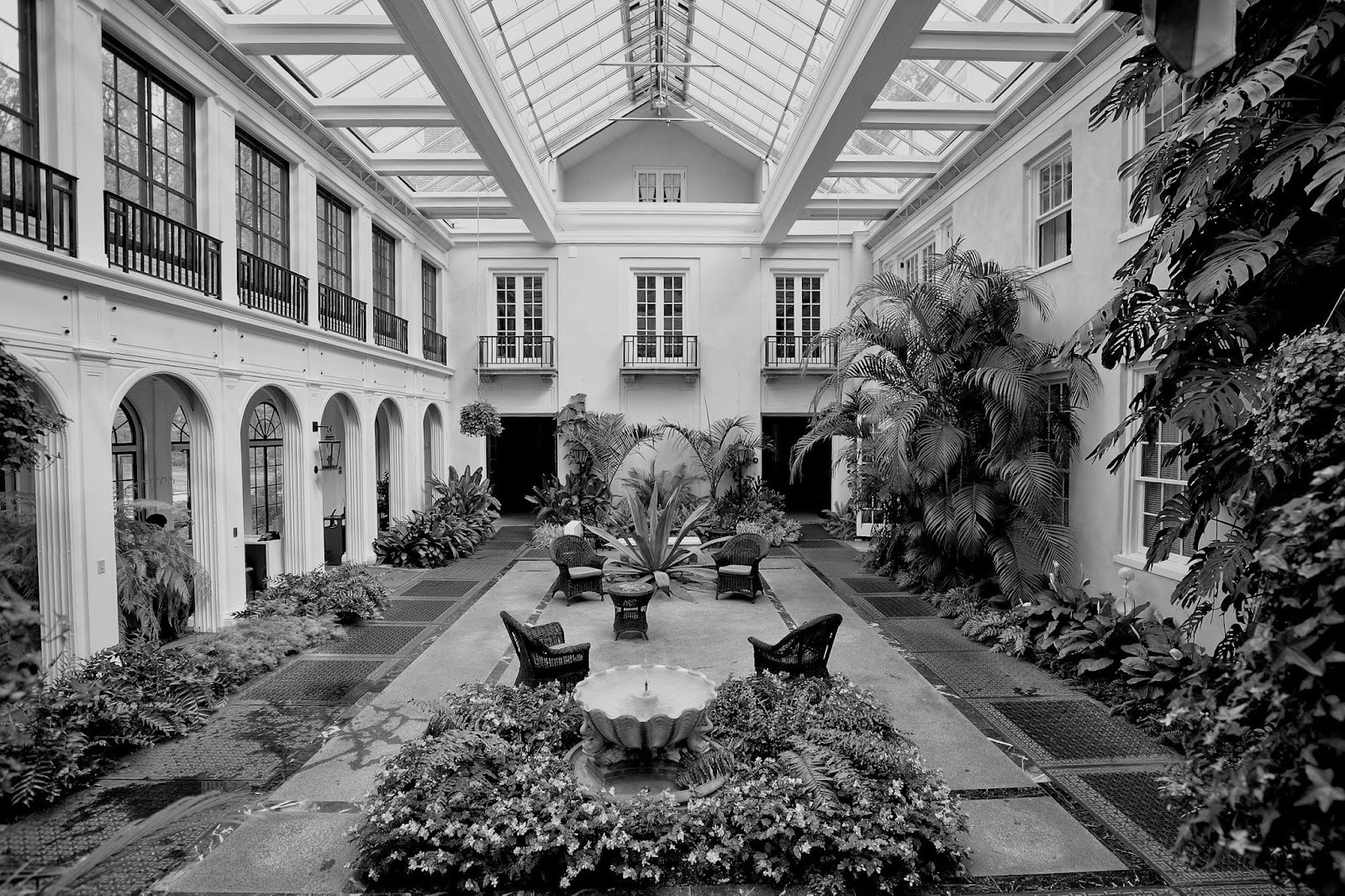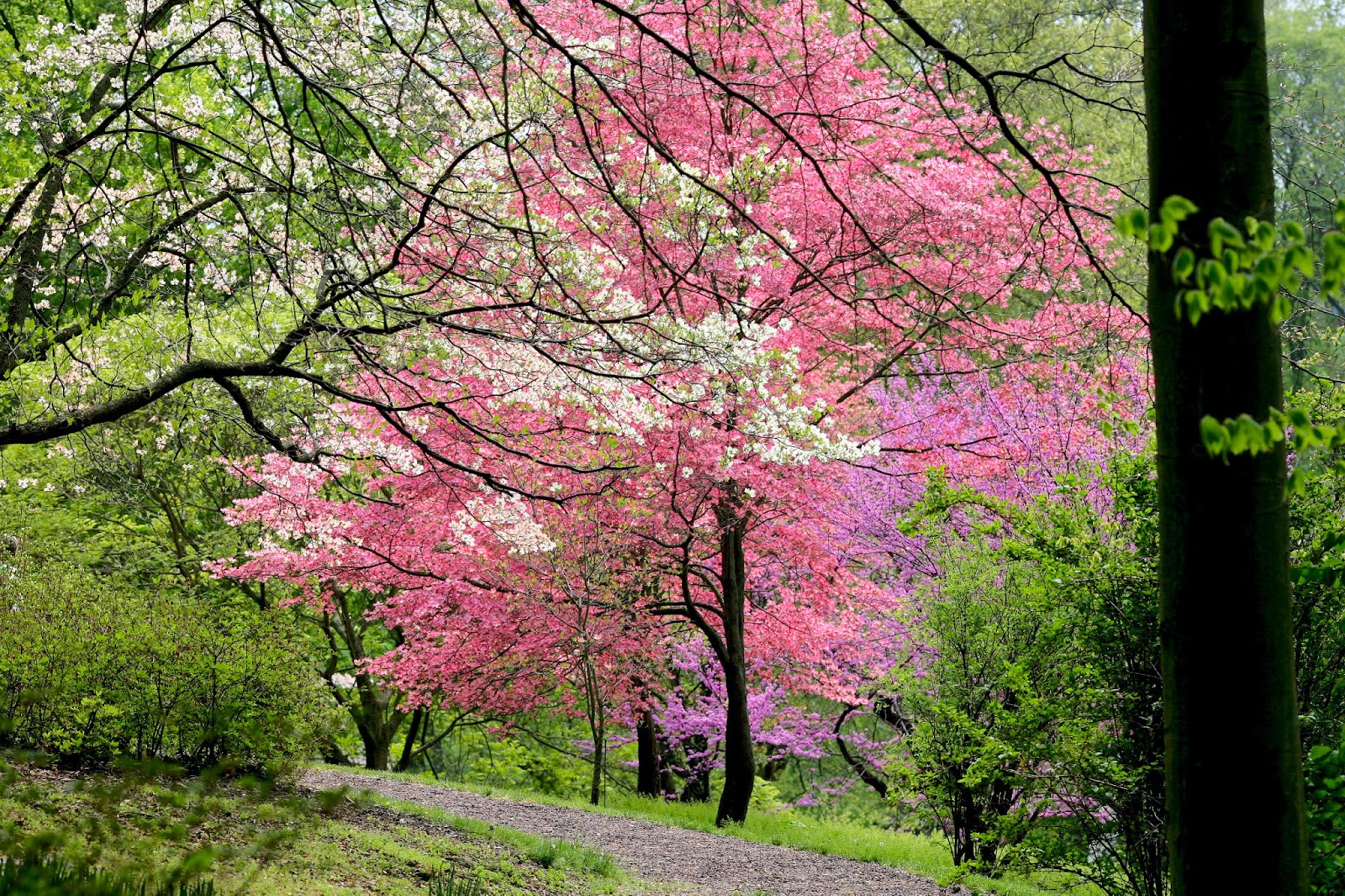To use the elevator in the hotel, you need to insert your room key-card before choosing the floor. The guy in the elevator with me was stranded without his key. I used mine to get him to his floor. "You here for the convention?" he asked.
"What convention?" He was in his mid twenties and bit scruffy looking. I didn't know of any convention. They had a flower show and a car show already this year, so I knew I could rule them out.
Nightmare Armor Studios, out of Atlanta, creates helmets and complete costumes for those willing to lay out big bucks. They have get-ups from various games and Animi creations. The products are very slick and professional looking. They had a team of five people attired in Gears of War battle suits. While they didn't enter the costume competition, a guy who bought one of their creations did ... and won.
One of a group of producers half jokingly accused me of wanting to photograph the artwork so I don't have to pay for it. When I shook my head and explained that photographs of art look nothing like the original, he and his colleagues actually applauded. I know that I could have surreptitiously taken any number of photos of posters and graphics, and I'm sure that plenty of people had, but there's no satisfaction looking at a photo copy as compared to an original. I enjoyed seeing the artwork and left it at that. I was more than happy creating my own original work in photographing the people I met.
I spent the next six hours meeting the various artists and writers and learning about the comic trade. The number one concern of the comic creators was obscurity. They have the product, but very limited means for getting their work known. I was fascinated by the number of artists who were re-creating Marvel characters. I asked a sales guy from a different publishing house how it was that so many people were borrowing their images. He said that Marvel basically turned a blind eye to it. When I asked if the same technique would work to promote their own characters, he was adamant that they would not let other artists infringe on their work. "Even if it gets you more exposure?" He was concerned the images would be misused, as was the case with some of Marvel's characters. Better to have complete control over a obscure character than have marketing success by risking your character appearing in uncompromising positions, I guess. Meanwhile, Marvel is swimming in dough.
The highlight of the day was meeting Greg Hildebrandt. As I teen, I marveled over the fantasy images he and his brother Tim created. He's moved to a different type of fantasy art, retro style pin-ups. I asked how he did them. He comes up with an idea and does some rough sketches. Next, he gets models to pose and photographs them. He then arranges the photographs (particularly important if there is more than one person in the image) and creates the painting. You can see more photos here.



















